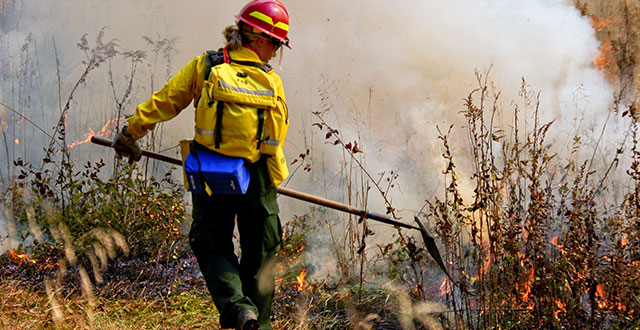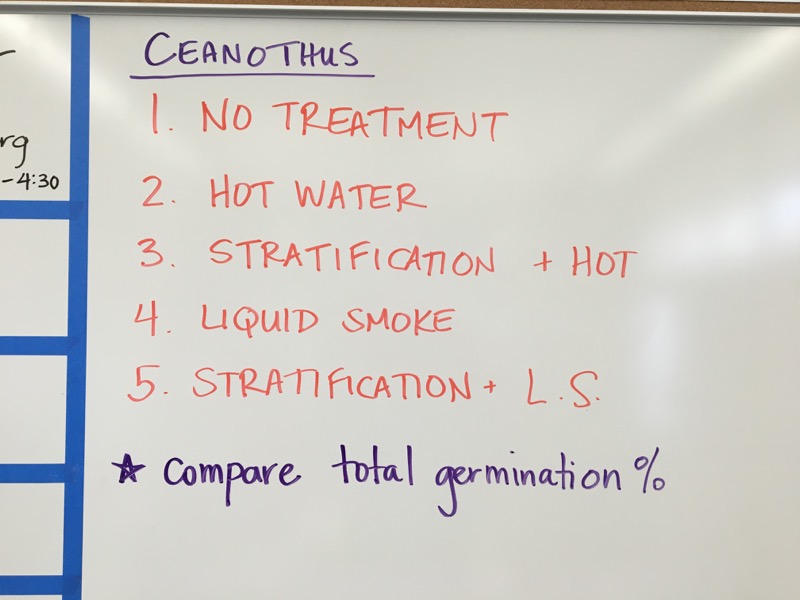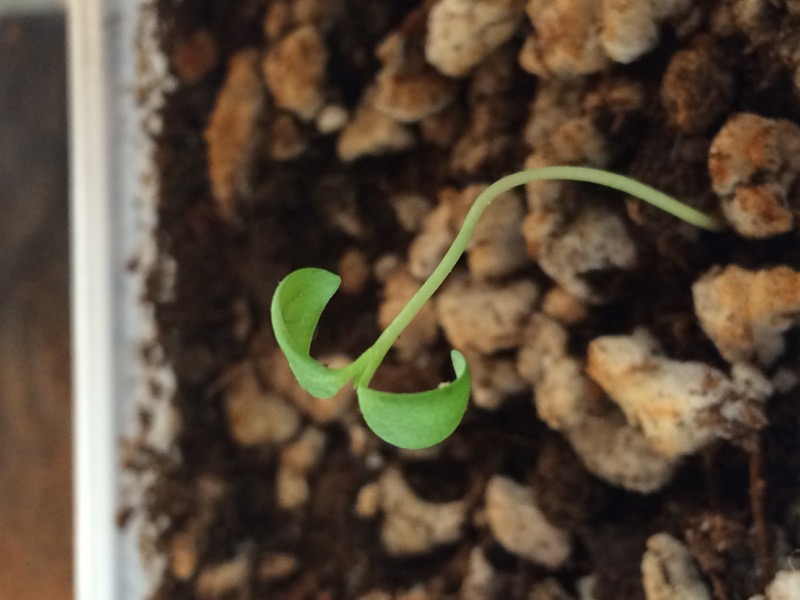 NPS Photo
NPS PhotoFire ecology is a branch of science that focuses on wildfire- defined as any fire that is burning in a natural environment- and its relationship to the ecosystem in which it occurs. Scientists recognize that fire is a natural process that is often an integral part of the ecosystem in which it occurs.
Although wildfires can cause immense danger and destruction to the habitants of that area, there are several key benefits of such combustion. A regular occurrence of fires can reduce the amount of fuel build-up thereby lowering the likelihood of a potentially large fires, such as the wildfires that took over the West Coast in July - September 2017. The ashes that remain after a fire add nutrients to the soil which benefits future vegetation. Fires can also control the spreading of disease by eliminating contaminated populations and allowing healthier, more resilient trees to grow. Fire is a catalyst for promoting biological diversity by fostering new plant growth, and wildlife populations often expand as a result.
Fire has always played a significant role in shaping the ecosystems we find in here in southern California. However, in the past, fires occurred over very long timeframes ranging on the order of every 30-300 years. In the past 100 years, we’ve seen a dramatic increase in fire frequency, particularly in southern California, and this has directly led to an increase in non-native plants at the expense of native plants. Along the coast, where natural fire intervals are closer to 300 years, land managers work very hard to prevent any fires from occurring.

NPS Photo/Nicole Ornelas
On the Point Loma Peninsula, our managers have had to control strongly for fire. However, amongst our native Coastal Sage Scrub, we have a key species, wart-stemmed ceanothus (Ceanothus verrucosus), that is considered threatened by the California Native Plant Society because the species is generally known to be dependent on fire for germination. But like most southern California species, wart-stemmed ceanothus also cannot tolerate fire very frequently either. So how does a fire dependent species survive in an area that only sees a fire once every few millennia? By living for a long time (some of the individuals are more than 150 years old) and by having seeds that can remain viable in the soil for more than 100 years! However, because of the sensitive military property that surrounds the Point Loma population, we believe another fire of significance may not occur on the Point Loma peninsula for a very long time. To ensure that at least some new wart-stemmed ceanothus plants enter into the population, we have introduced another method into our efforts to promote this species. We have begun attempts to germinate the wart-stemmed ceanothus in our greenhouse using liquid smoke and heating trials as a surrogate for wildfire. Thus, even with our lack of actual wildfires, we can use the science of fire ecology to perpetuate fire dependent species in our unique ecosystem.

NPS Photo/Nicole Ornelas
With all of this said, according to the Pacific Biodiversity Institute, approximately 90% of North America’s largest fires from 2000 – 2015 have been human-caused! As lovers of these natural places, we must continue to be conscious and wary of the negligent acts associated with unattended campfires, sparks, cigarettes, and burning debris. If you see something, say something – and always leave no trace.
To find out more visit: https://www.nps.gov/fire/wildland-fire/what-we-do.cfm.
